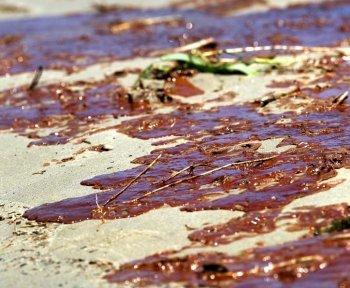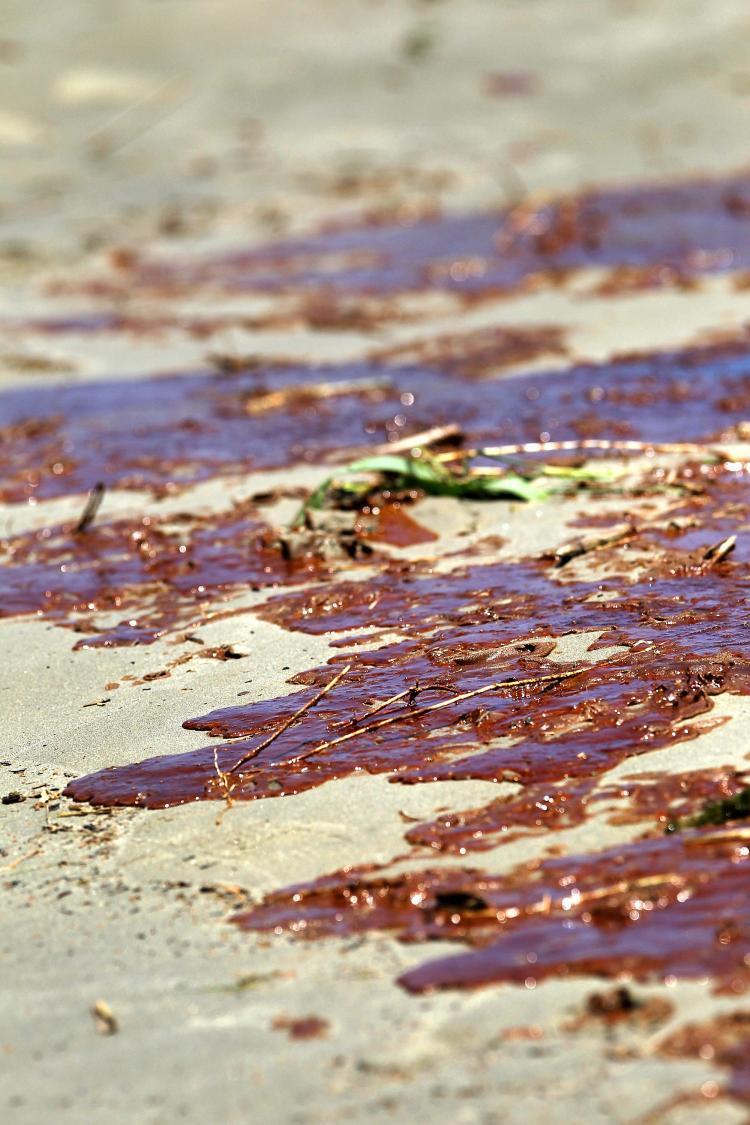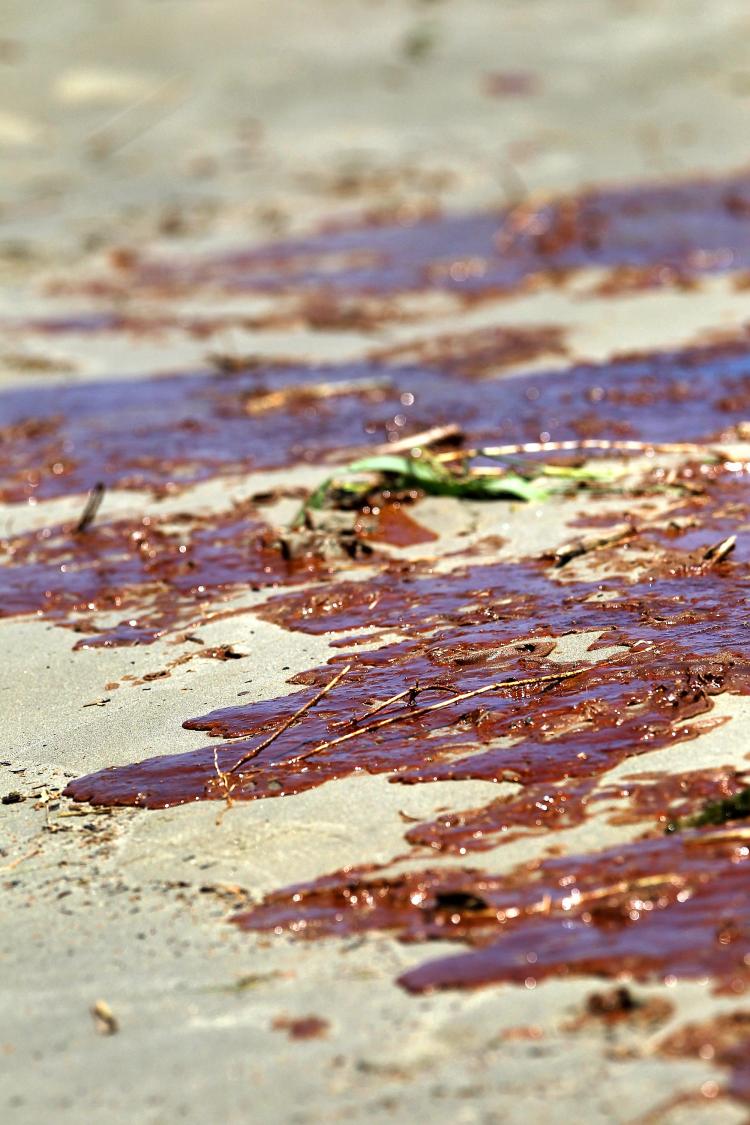The National Oceanic & Atmospheric Administration (NOAA) and BP estimate the amount of oil spilling into the Gulf of Mexico as 5,000 barrels or 210,000 gallons/day.
To obtain an independent perspective on the oil flow, National Public Radio (NPR) asked some scientists to analyze the BP videos of the flow. Associate professor of mechanical engineering at Purdue University Steven Wereley calculated the volume of oil based on the velocity of particles. He said confidently that the amount coming out of the pipe is 70,000 barrels—an estimate that far exceeds the official estimate. There is an error component that accompanies the estimate of plus or minus 20 percent. Professor Wereley explains that despite the large error factor, the estimate is nonetheless valid.
Calculations by other scientists are in the same ballpark. Eugene Chiang, a professor of astrophysics at the University of California, Berkeley, got a similar number to Wereley’s and was quoted by NPR that the BP estimate of 5,000 barrels a day is “almost certainly incorrect.” It would take at most a week to exceed the Exxon Valdez record, according to Chiang.
A caveat: Not all the material seen in the short BP video was oil. There was also methane gas visible, especially at the beginning. But mostly oil is seen. In any case, a calculation that is 10 times or more great is sufficient to cast serious doubt on BP’s estimate. BP responded that whatever the amount is, it would not change what they are doing to solve the problem.
The New York Times reported May 15 the sighting of giant “oil plumes” in the deep waters of the Gulf. One plume found was 10 miles long, 3 miles wide, and 300 feet thick, in some places. This discovery is still more evidence that the leak is significantly worse than BP or government estimates.
Environmental Mitigation
BP has had some small successes in containing the damage from the spill. With help from favorable winds and tides, the harmful impacts on the shorelines and marine life have been minimized by corralling the oil, using dispersants, and burning some of the surface oil off. On Sunday, May 16, BP inserted a smaller tube in a one-mile long vacuum tube, and for the first time succeeded in capturing some oil and siphoning it into one of their drill ship’s surge tank. It is still only a stopgap measure until BP can seal off the wellhead.
The government (The Coast Guard, EPA, Department of Homeland Security, Minerals Management Service, EPA) in consultation with BP is in charge of making decisions that are generally carried out by BP.
CNN summarized this work on May 14: “BP, the Coast Guard, and state and local authorities have scrambled to keep the oil from reaching shore or the ecologically delicate coastal wetlands off Louisiana. They have burned off patches of the slick, deployed more than 280 miles of protective booms, skimmed as much as 4 million gallons of oily water off the surface of the Gulf and pumped more than 400,000 gallons of chemical dispersants onto the oil.”
BP is using dispersants that function like detergents, which makes the oil into small droplets, causing it to fall below the water surface, where natural microbes can break it down. On May 10 the EPA and the U.S. Coast Guard authorized BP to use dispersants underwater, at the source of the drilling rig leak. BP had been using dispersants on surface water with federal approval.
The EPA says on its website that their testing results indicate that subsurface use of the dispersant has been “effective at reducing the amount of oil from reaching the surface.”
But the success of dispersing of the oil and keeping it from rising to the surface may have had unintended consequences. University scientists collecting samples of the water at various depths in the Gulf worry about the drop in the oxygen level surrounding the enormous oil plumes, according to the NY Times report cited above. The fear is that the depletion of oxygen will fall to a level threatening much of the sea life.
Dispersion of chemicals deep under water is an untested technique that environmental groups say may pose harm to sea life. Dr. Samantha Joye, University of Georgia, said she was alarmed that the oxygen has already dropped 30 percent near some of the plumes.
There is also concern that the oil will enter a stream called the Loop Current, a warm ocean stream that cycles in the Gulf, extending to the Florida coast to the Florida Straits and up the Atlantic coast. Although the bulk of the oil is presently far away from the Loop Current, it will likely reach it in 9 to 12 days, said Jane Lubchenco, administrator for NOAA, May 17 on the PBS “NewsHour.” She is not too concerned that it would cause substantial harm because the oil would be highly diluted.






